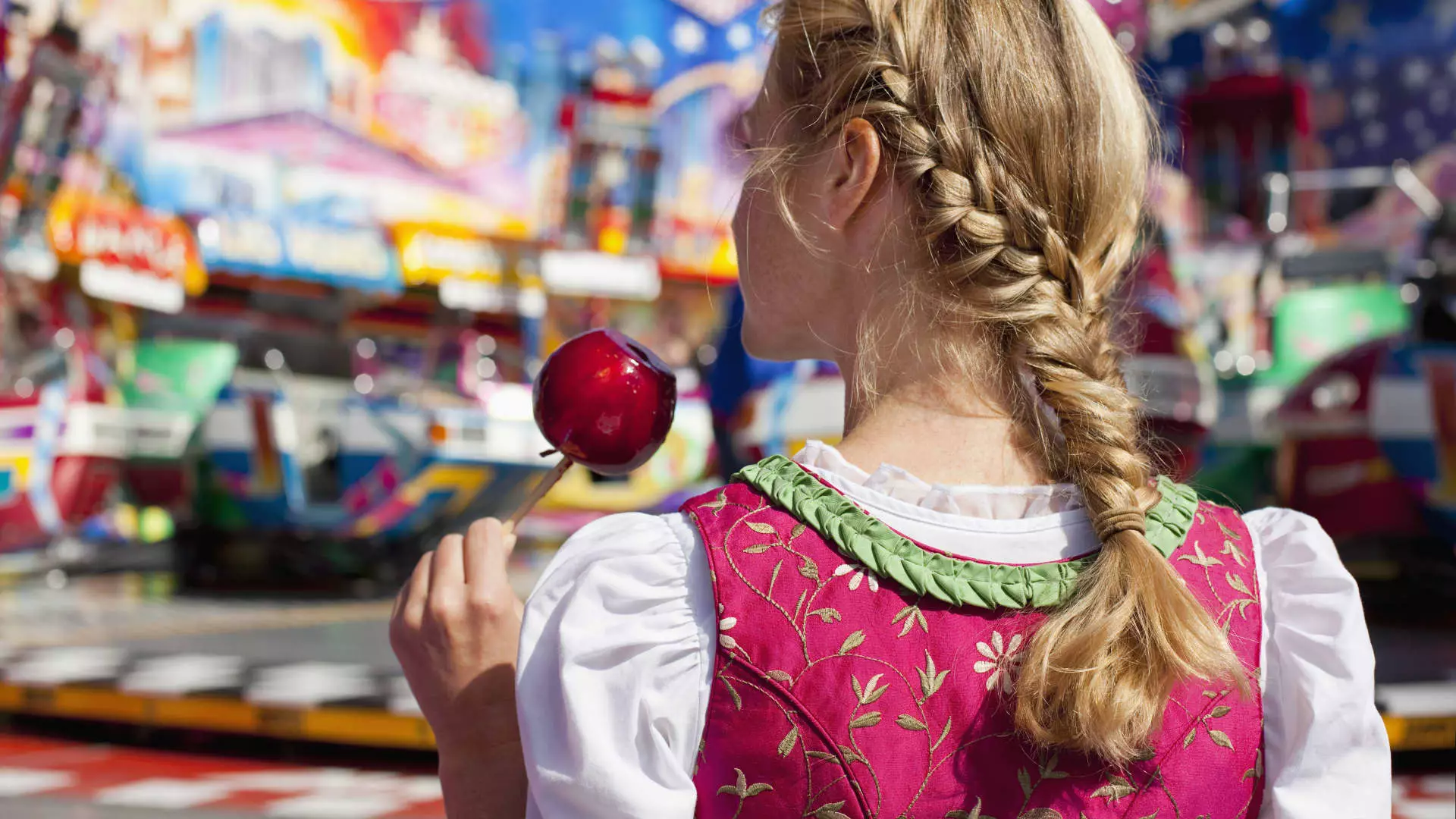Oktoberfest, the majestic celebration of Bavarian culture and beer, is a tradition that extends its festive spirit across the globe. However, few places encapsulate the sheer joy and exuberance of this festival like its birthplace, Munich. Drawing around six million visitors each year, as per the Munich Department of Labor and Economics, Oktoberfest is not just an event; it is an experience steeped in heritage, camaraderie, and, of course, exceptional beer.
Diving into the festivities of Oktoberfest is like stepping into a vibrant canvas painted with cultural nuances. Known locally as “Wiesn,” the festival serves as a melting pot, where people from all walks of life gather to revel in Bavarian traditions. This gathering is not simply about consuming beer; it is about celebrating a lifestyle rich with history and joy. From the exhilarating sounds of traditional music to the endless clinking of beer mugs, there’s a palpable atmosphere of festivity that engulfs anyone present.
The traditional attire plays a significant role in the festival’s charm. Females often don dirndls, while men opt for lederhosen, grounding the attendees in regional culture. Interestingly, in Munich, sporting these outfits is not considered cultural appropriation. Instead, locals encourage international guests to wear these costumes, which symbolically unites everyone under a shared celebration. While the expense of these outfits can vary, there are options available for every budget—from affordable, one-time ensembles to bespoke fittings that offer an authentic experience.
At its core, Oktoberfest is a spectacular showcase of beer, yet the experience diverges from the notion of generic beer serving. Contrary to common belief that beer is served in steins, the drink is served in “mass,” a one-liter glass that epitomizes the festival’s spirit. Servers, showcasing tremendous strength and skill, can carry an impressive six mass on each hand. For them, tips aren’t just appreciated; they are essential to their livelihood, highlighting a dynamic that encourages visitors to be generous in their gratuities.
Communication with staff is equally relaxed, characterized by the informal German address “du,” which adds warmth and intimacy to interactions. The experience is accentuated by calls to toast, with the catchy chant: “Ein Prosit, ein Prosit der Gemütlichkeit” echoing through the air, urging people to raise their glasses in camaraderie, as they indulge in the liberal consumption of Bavarian beer.
Oktoberfest has an intriguing historical origin. The inaugural festival in 1810 was a grand celebration for the wedding of Crown Prince Ludwig and Princess Therese von Sachsen-Hildburghausen. Since then, this event has evolved into a week-and-a-half-long festival, shifting its dates through the years primarily due to weather considerations. Today, it kicks off in late September and continues until the first weekend of October, allowing for convivial festivities free from the autumn chill.
Additionally, the festival is rich in cultural activities beyond merely drinking. “Schunkeln,” a joyful act of linking arms and swaying to rhythmic tunes, fosters a sense of togetherness. Interestingly, among women, the way they wear their dirndls can have social implications—bow tied on the left signifies being single, while the right indicates a romantic commitment. Such details illustrate the nuances that make Oktoberfest a unique celebration blending fun, traditions, and community spirit.
The Oktoberfest experience is incomplete without culinary delights. Beyond beer, fest-goers can indulge in an array of German delicacies such as giant pretzels (brezen), bratwurst, and schnitzel, among others. Food stands dot the festival grounds, tantalizing visitors with the rich flavors of Bavarian cuisine. This feast is complemented by non-alcoholic options, ensuring that all attendees—from teetotalers to casual drinkers—can enjoy the festival’s offerings.
Surrounding the festival grounds, Munich itself bursts with activities for those looking to explore further. Historical landmarks like Sendlinger Tor and the bustling Viktualienmarkt are mere steps away. Adventurous visitors can take day trips to iconic sites like Neuschwanstein Castle or the picturesque town of Rothenburg ob der Tauber, enriching their Bavarian experience.
For those unable to journey to Munich, the spirit of Oktoberfest resonates in various corners of the globe. Cities like Hong Kong and Cincinnati hold their vibrant Oktoberfest celebrations, allowing people to partake in the traditions and festivities. Additionally, events like the Munich Spring Festival provide a less crowded yet equally engaging alternative for festival lovers.
Conclusively, Oktoberfest remains a testament to Bavarian culture, where every toast, every bite, and every moment shared cultivates a sense of belonging and joy among its attendees. Whether you are celebrating in Munich or joining a festivity far from Germany, the essence of Oktoberfest is a universal invitation to enjoy and embrace life.


Leave a Reply